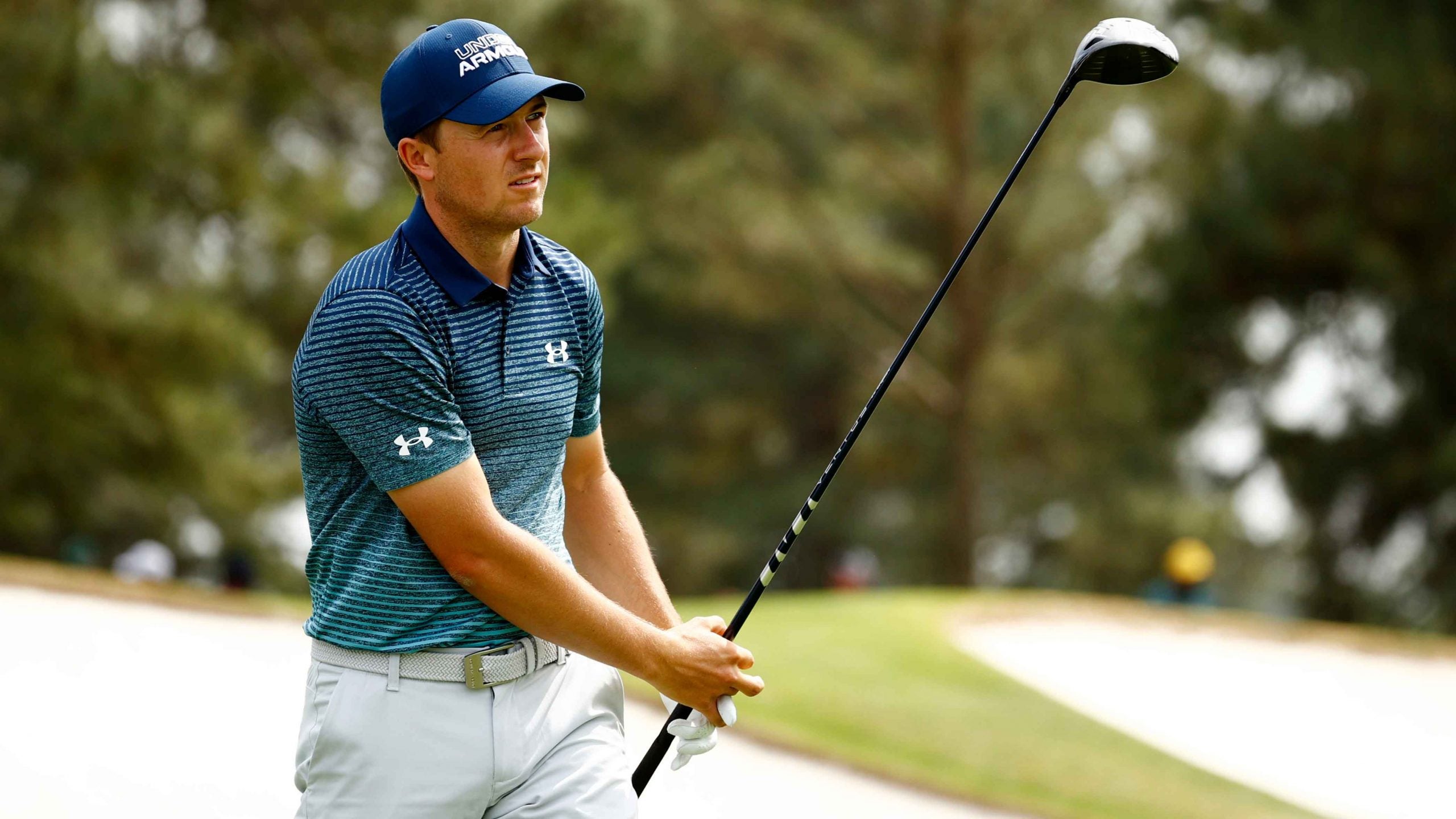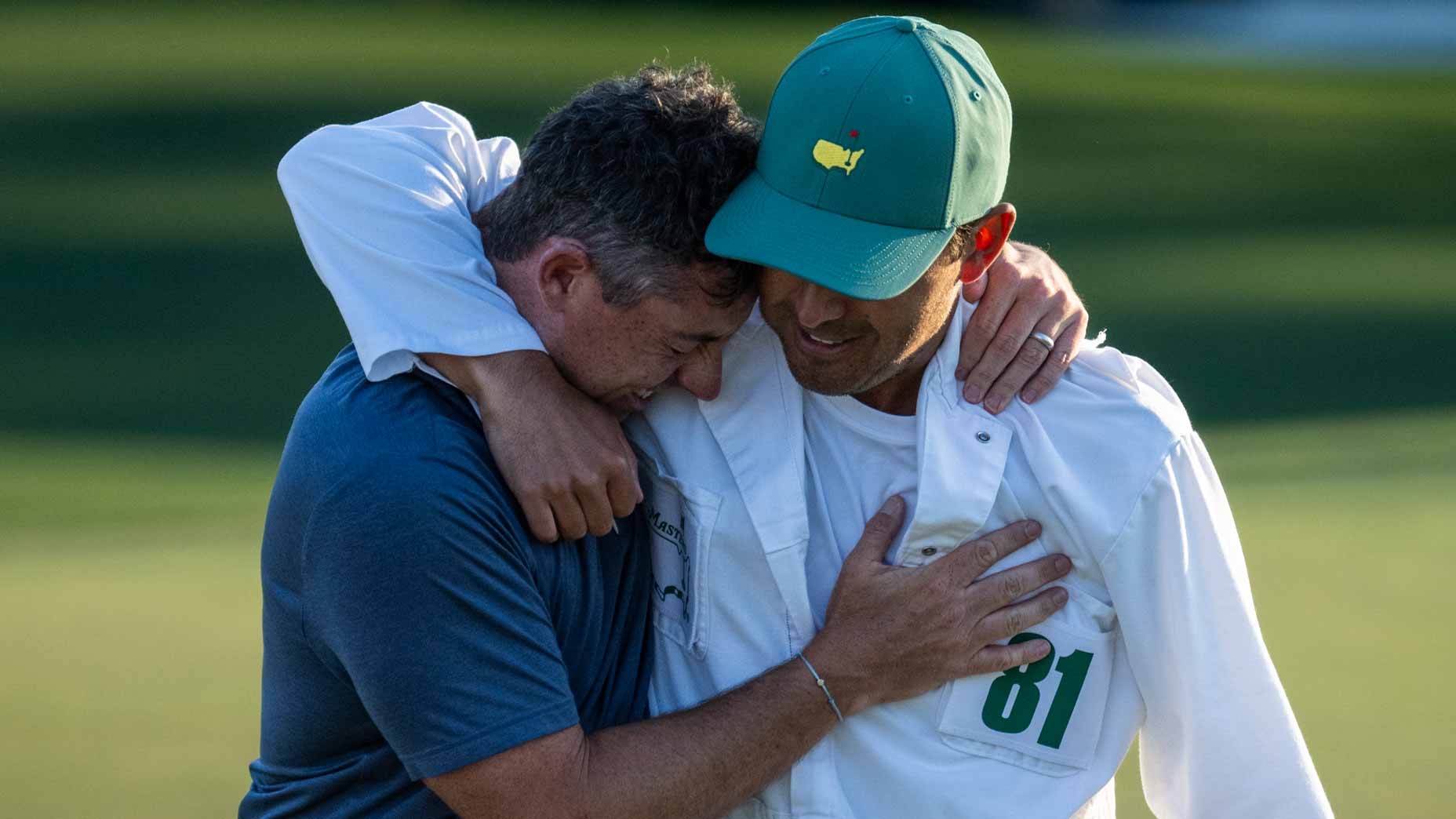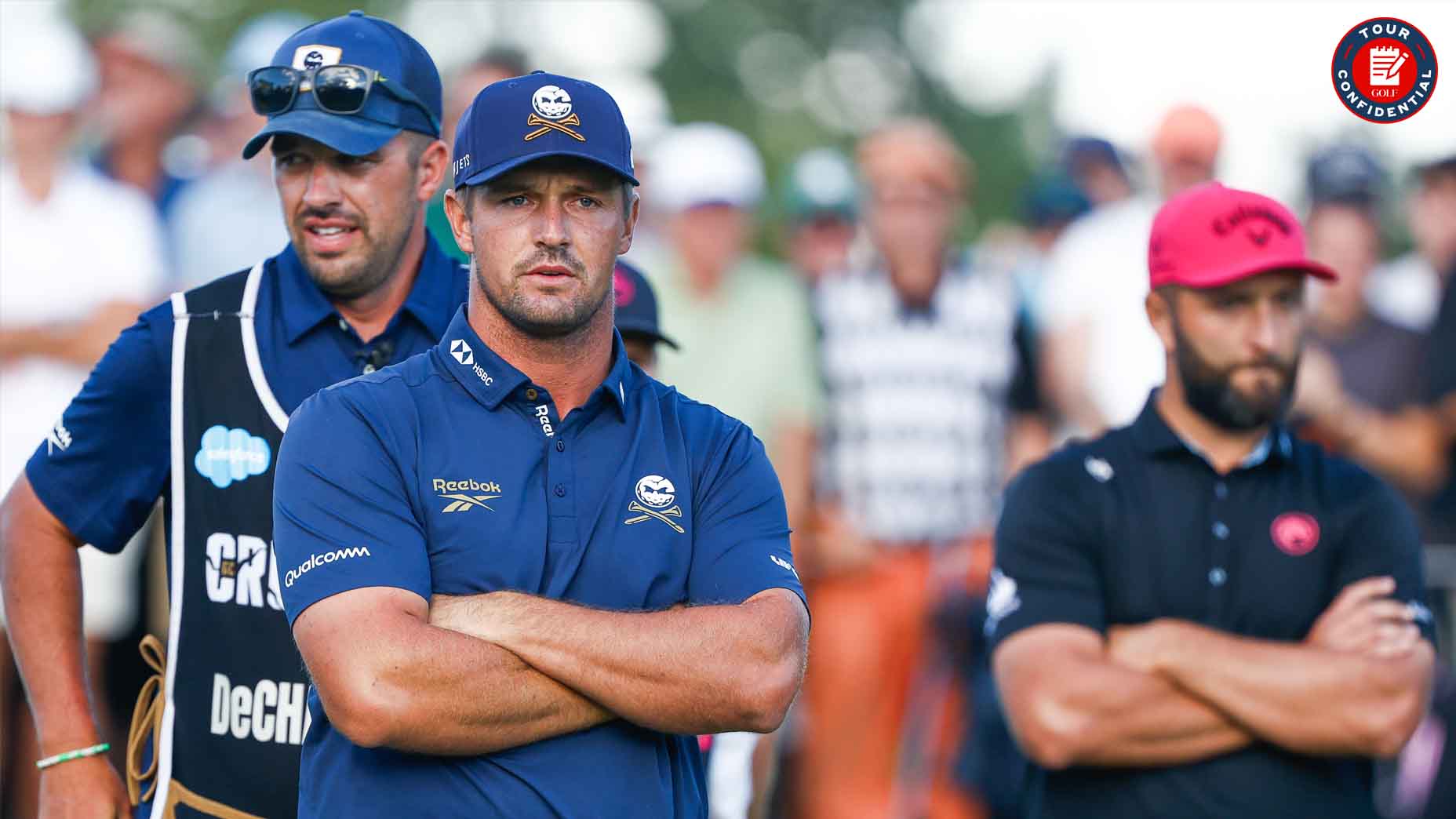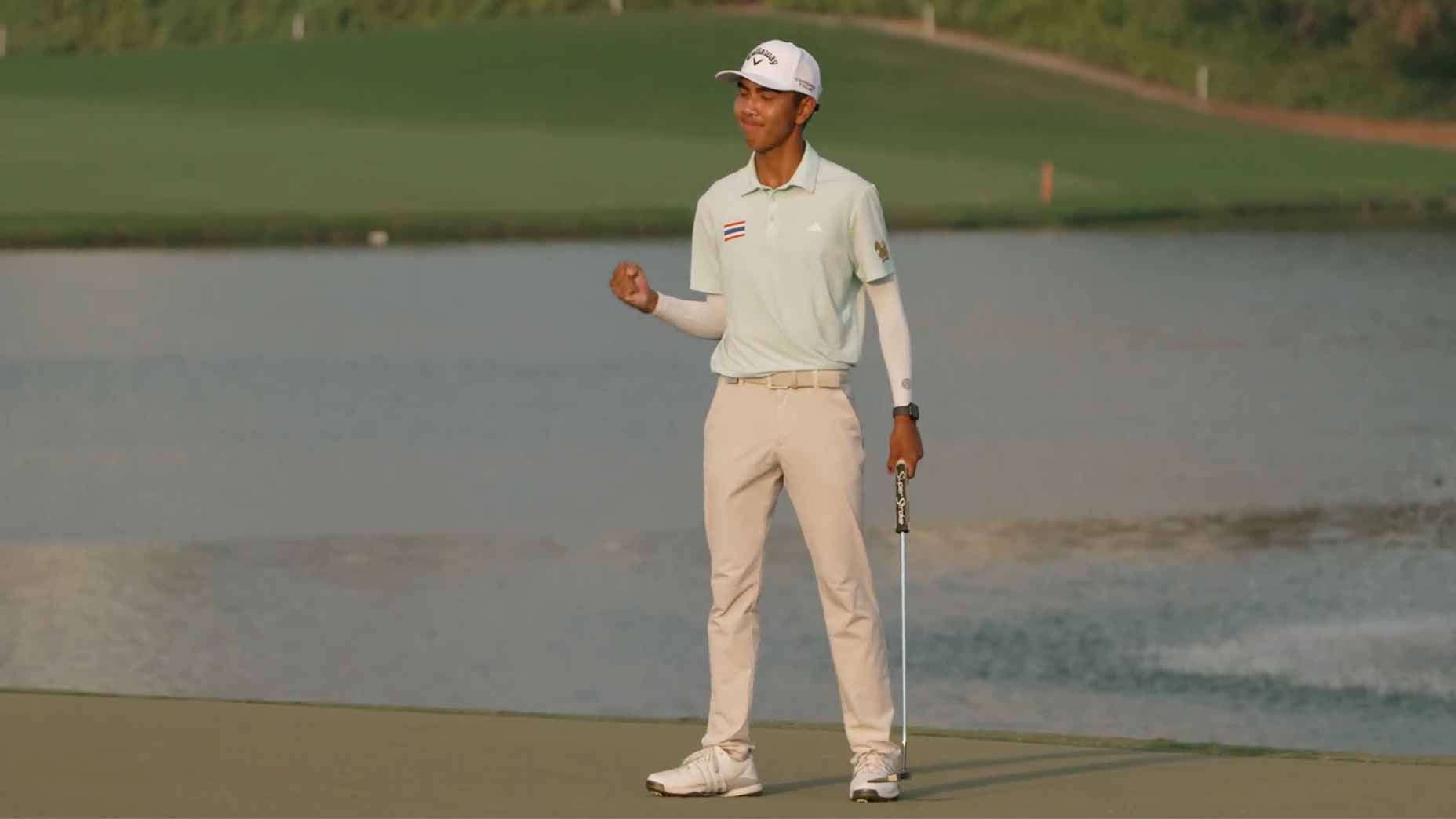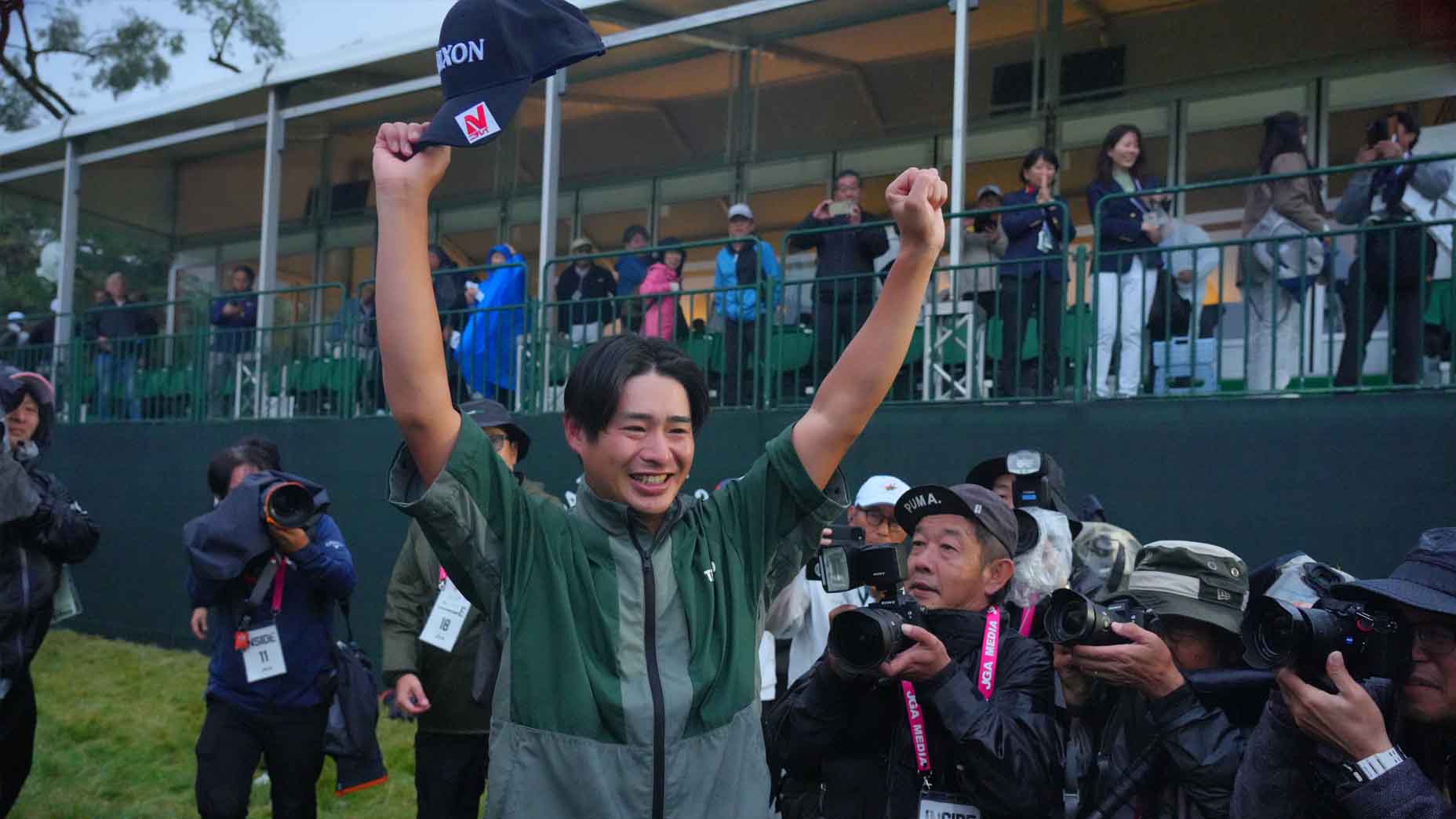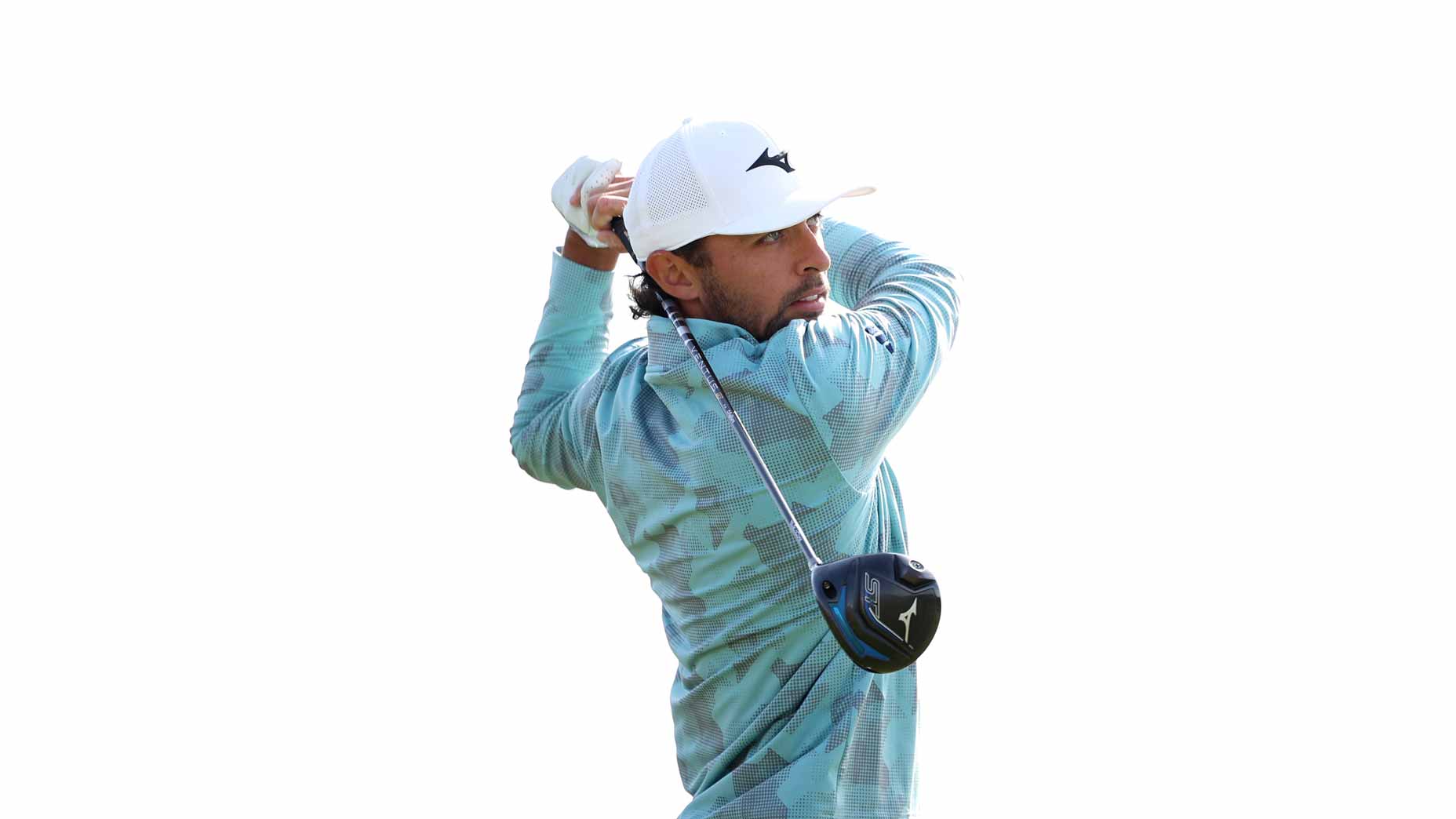AUGUSTA, Ga. — We watch Jordan Spieth because we can’t not. Here he is on the practice tee, warming up in the warmth of the afternoon, 1:30 come and gone, with a cellphone in his back-right pocket. Why? Why, Jordan, are you carrying a cellphone on your person with your tee time not even a half-hour away?
Why are you hitting a 3-wood off the first when the hole is a half-mile long and up a hill and into the wind?
(He made par.)
Why are you not using a tee on the par-3 6th?
Justin Rose’s stunning first round made a wickedly hard Augusta National look welcomingBy: Michael Bamberger
(He made par.)
Why are you hitting a mulligan off the 9th tee?
(Because his tee shot sailed right and into a forest. All that post-birdie euphoria.)
Why are you talking to yourself after flushing a gorgeous 9-iron practically over the flagstick on 12?
(Because it carried three yards more than planned? A guess.)
And why, oh why, are you using the Grenada area code (4-7-3) for your scores on numbers 8 and 9 and 10?
Could you not use 14 shots over that near-mile of golf with a birdie followed by a pair of bogeys, as so many others have done over the decades?
You’re tempted to say that Spieth is endlessly entertaining except — and this is a serious issue — the Thursday rounds were heinously slow. Spieth was in the day’s final threesome. What’s the opposite of being a dew-sweeper? The dusk-chasers, as it turned out on Thursday. He got the round in, but not by much.
Firm, fast Augusta National punishes field in Masters opening roundBy: Sean Zak
On a warm, humid summery day, breezy but not windy, Spieth, playing with Collin Morikawa and Cam Smith, took five hours and 30 minutes to play 18 holes. They never, or seldom, waited. They are three of the best players in the world, with the career grand slam between them. (No, Cam Smith, stylish Australian golfer, does not have a major, but he made other contributions to the group, including best mustache and best mullet.) Slow golf is not interesting golf.
Spieth shot 71, one under par on this famously symmetric 36-36 par-72 course. He’s in a tie for eighth. He made a triple on 9 without losing a ball. And then he turned it around and shot 33 on the back.
Why, Jordan, why? Why must your golf be such a high-wire act?
And will you win your second green jacket before you complete the career grand slam next month at Kiawah?
“I love being here,” Spieth said, before the tournament began. “I love being on the grounds. It’s my favorite tournament in the world.”
He found his tee shot on 9, and still made a triple. A wacky second shot. A close-range three-putt. That was unfortunate.
Why do Augusta National’s greens look purple at this year’s Masters?By: Dylan Dethier
But his 6-iron second shot on the par-5 15th went over the green and down that sloping green without going in the water. And his pitch-shot third hit the flagstick and dropped into the hole for an eagle 3. So that was fortunate.
Take away Justin Rose’s 65, and Jordan Spieth is in excellent position. He’s still in a good position.
For the next three days, expect more of the same. Do not expect to relax, not if you’re watching or rooting for Spieth. He is not Nick Faldo or Zach Johnson or Charl Schwartzel, to cite three fairways-and-greens champions from yesteryear. He is Jordan Spieth and he’s not out of it. That leaves in it.
Michael Bamberger welcomes your comments at Michael.Bamberger@Golf.com
